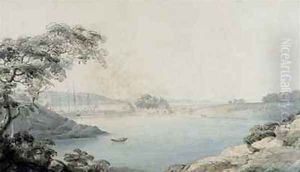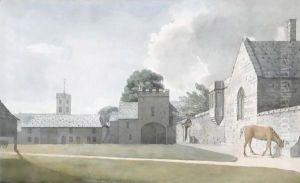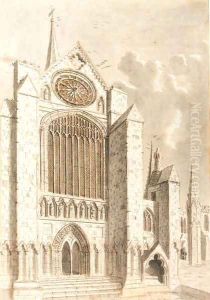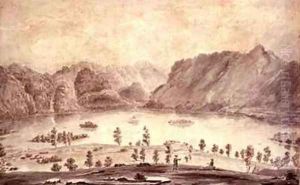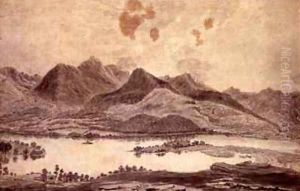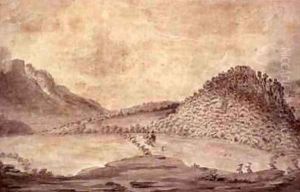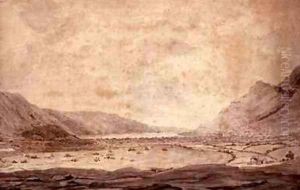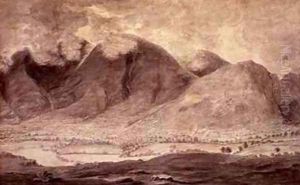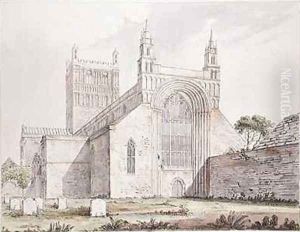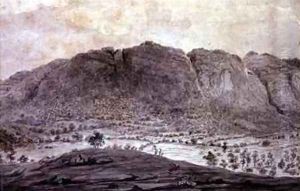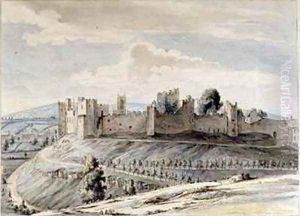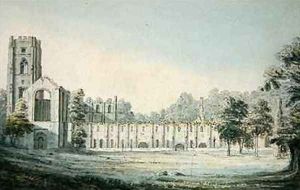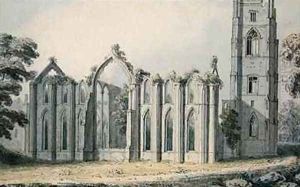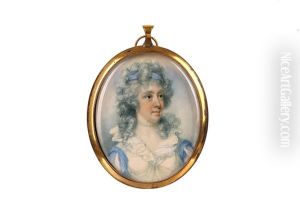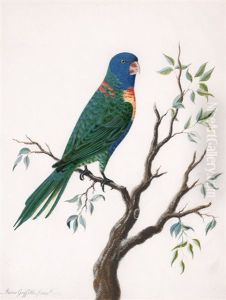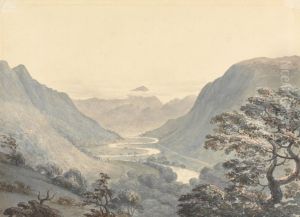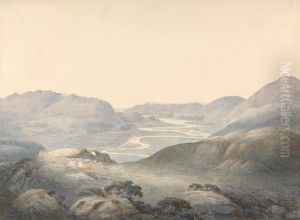Moses Griffith Paintings
Moses Griffith was a Welsh draughtsman, engraver, and watercolorist, born in 1747 in Trygarn, Bryncroes, Caernarfonshire (now Gwynedd), Wales. His early life was rooted in rural Wales, where he initially worked as a labourer. Despite his humble beginnings and the lack of formal training in his early years, Griffith showed a remarkable talent for drawing. His skills caught the attention of Thomas Pennant, a Welsh naturalist and antiquarian, who became his patron. Griffith started working for Pennant around 1769, and this collaboration lasted for nearly five decades until Pennant's death in 1798.
Griffith's work primarily involved accompanying Pennant on his tours, including those across Wales, Scotland, and England, and illustrating the scenes they encountered. These illustrations were integral to Pennant's travel books, such as 'Tours in Wales' and 'A Tour in Scotland'. Griffith's drawings and watercolors are noted for their detail and accuracy, capturing the natural beauty, architectural features, and antiquities of the British landscape during the 18th century.
Despite being largely self-taught, Griffith developed a meticulous style, which was well suited to the scientific and antiquarian interests of the era. His work not only contributed significantly to the field of topographical illustration but also provided valuable visual records of many places and buildings, some of which have since changed or disappeared.
Griffith's contributions extended beyond fieldwork with Pennant. He was also involved in engraving work, which helped illustrate other works of the time, including those on natural history and antiquities. His engravings, often based on his own drawings, were celebrated for their clarity and precision.
After Pennant's death, Griffith continued to work, although he never achieved significant fame or fortune. He remained in Wales, where he died in 1819. Despite his relatively modest position in the pantheon of artists, Moses Griffith's work is a crucial window into the landscape and heritage of 18th-century Britain. His legacy is preserved in the collections of various museums and libraries, including the National Library of Wales, which holds a significant number of his drawings and watercolors.
